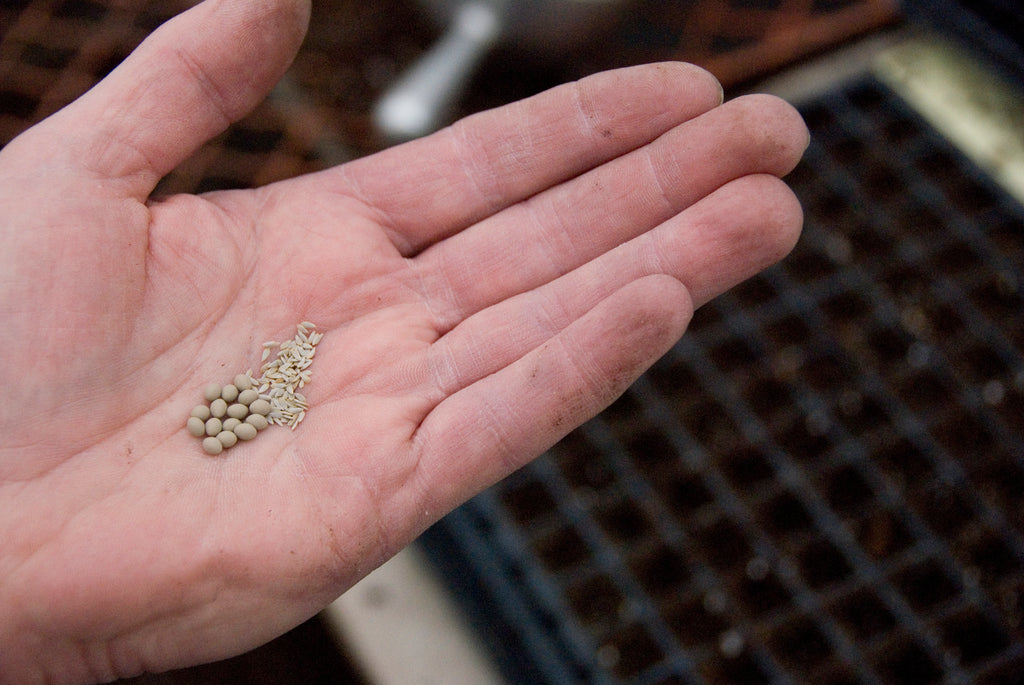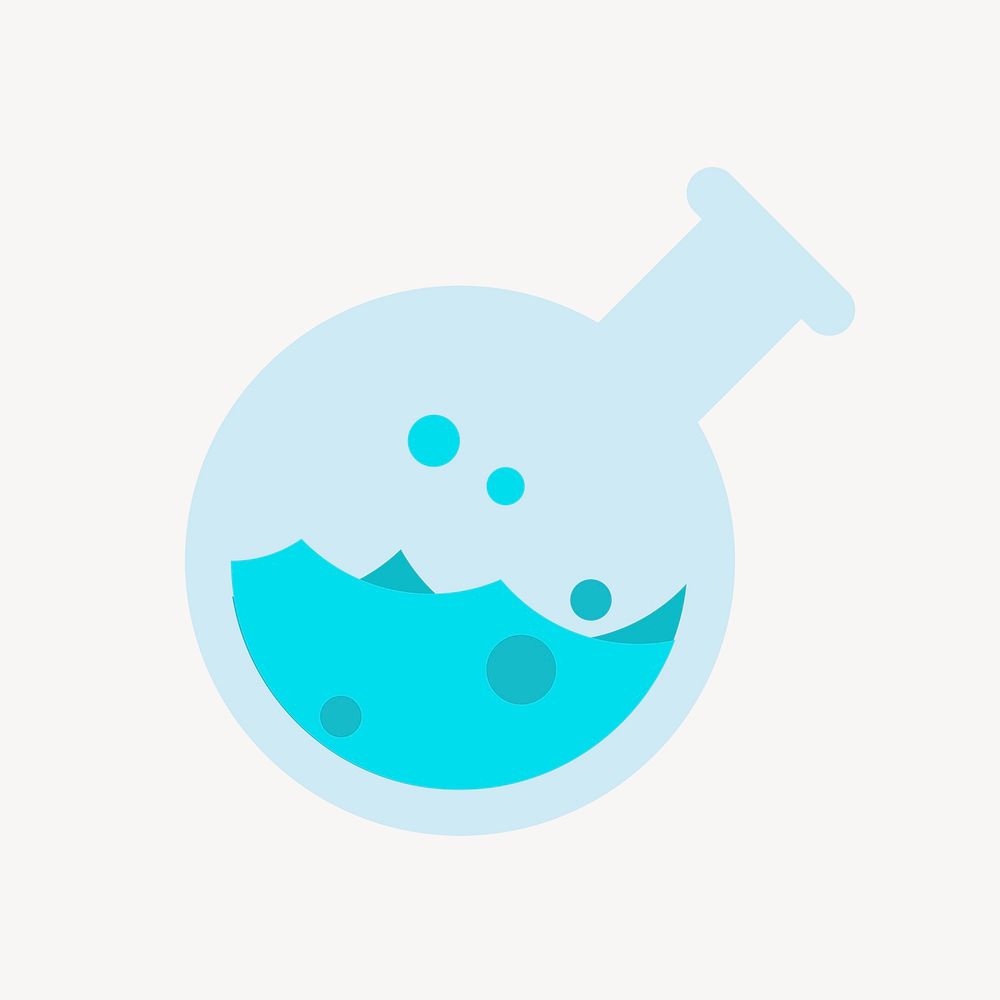How to Start Hydroponic Plants
The Best Advice on How to Start Growing Hydroponic Plants!
There are a number of approaches when considering how to start growing hydroponic plants. Although you can clone an adult plant (see below), most people start by buying seeds.
From Seeds: buying seeds is one of the best parts of growing your own vegetables. Open a seed catalog and it’s a world of interesting choices, some of which you’ve probably never heard of. It’s hard not to get carried away and buy a million different seeds! That’s fine, have fun and choose some wacky plants, but for maximum success also choose some basic standbys.
The best plants to start from seed are quick growing annuals. Leafy greens such as lettuce, spinach, arugula and Asian greens are easy to start from seeds. Herbs like basil, parsley, stevia and catnip are fast and vigorous growers when started from seeds. Tomatoes, eggplant, squash, peppers and beans grown hydroponically are amazing - the race from seed to fruit is so fun to experience. Look in a seed catalog or visit your local gardening shop and pick out which varieties look interesting. Some catalogs offer seeds that are specifically for hydroponic plants. Be sure to choose the proper varieties for your climate - leafy greens may bolt (go right to seed) if you buy cool weather ones but you live in a hot place.
Bare root plants: If you already have a plant in a pot of soil and you would like to turn it hydroponic, you can wash its roots and put it in a hydroponic system. However, it is very shocking for the plant. You must be extremely careful.
Plants use their roots to suck up water and nutrients. The roots are an entire system that consists of not just the roots you can see but also teeny tiny fragile root hairs. If you are going to take a plant from the soil, don’t pull it!! Carefully dig around it. Once you have the entire root ball, soak it in water for a little while (not that long, just long enough to get the dirt dissolved.) Then swish it around carefully. If you don’t get all the dirt off it’s okay. Better to clean your reservoir later than to shock the poor plant by scrubbing its roots.
One fruit that does great with bare roots is strawberries. Hydroponic strawberries are normally started by buying a bundle of bare root plants at the nursery or from a catalog and then rinsing the roots and putting them in your hydroponic system. The strawberries may look like they are in shock for a few days, but they bounce back quickly and are one of the easiest things to grow hydroponically.

Clones: Plants that are slow growing, high value, or rare are often started with clones. A clone is simply a branch cut from a healthy plant that is put into a hydroponic system. The clone is an exact copy of the original plant, also called the mother plant. Starting hydroponic plants this way requires cloning gel. Although you can clone a plant without cloning gel, it makes it way easier for the plant to take root. A hydroponic clone can get roots in anywhere from a few days to a month. Be careful not to let the stem rot while you are waiting for the clone to get roots.
Plants that don’t fruit or flower are the easiest hydroponic plants to grow. These are plants like lettuce and herbs. Because it’s only leaves, a head of hydroponic lettuce will be ready in half the time of a tomato. Hydroponic basil is a remarkably fast growing plant and you can continuously cut it and it grows right back. Spinach is fast, fun and easy, and so is arugula. Any Asian leafy vegetable is easy too. Many seed companies even offer plants specifically for hydroponics.
Choose a variety that will work in your climate. If you are in a very hot climate, choose lettuce and leafy greens that are bolt resistant. If you are in a cooler climate you don’t need to worry about that.
Small seeds like lettuce are often offered in pelleted form. Thank goodness someone invented this. Pelleted are so much easier to work with than light and tiny seeds. You have much better planting accuracy and less waste with something you can easily see. The pellet dissolves quickly and if it has been primed the seeds germinate more quickly.

Now that you’ve chosen your seeds, it’s time to choose your medium. Hydroponic plants are grown in anything except soil. What you start them in is called the medium. One of the most common mediums is rockwool. It comes in sheets with premade holes for your seeds. I love rockwool - it holds plenty of water but the spun rock also has plenty of pockets for air so your seeds never drown. However, it is not the most environmentally friendly starting medium.
Oasis Hydrocubes are an alternative to rockwool. I find them to be okay, not as good as rockwool but cheaper and pretty easy to use.
Some people like natural coco coir. It is offered in a number of different shaped starting cubes as well.
There are Rapid Rooter starter cubes, and Sure Grow starter cubes.
Finally there is Sunshine Mix or the equivalent. This comes in a bag and looks exactly like dirt but contains no dirt! You can treat it just like dirt. You do have to buy (reusable) plastic flats to start your seeds in.
So many choices! What you start your seeds in also depends on what kind of system you are using. Some systems require a rigid medium like rockwool, but other ones are fine to use a looser medium. Some home hydroponic growers also start their plants in wet paper towels, jars, even toilet paper.
Hydroponic seeds are started in plain fresh water, no nutrients required. You don’t need to add nutrient until the first true leaves appear.
Now go choose your seeds!
For more great content check out the Proponics YouTube channel below!





